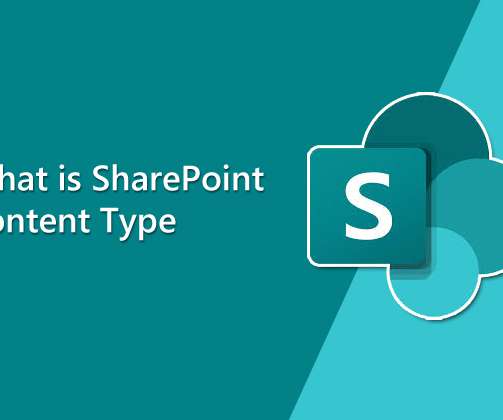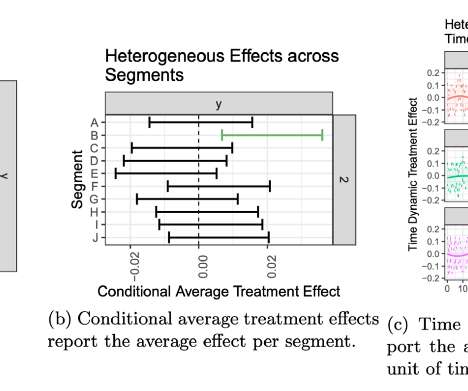Practice Jepsen Test Framework in Nebula Graph
DZone
AUGUST 11, 2020
Why Jepsen? Linearizability here specifically means consistency in the CAP theory. In Nebula Graph, we guarantee strong data consistency in our key-value store.

DZone
AUGUST 11, 2020
Why Jepsen? Linearizability here specifically means consistency in the CAP theory. In Nebula Graph, we guarantee strong data consistency in our key-value store.

Tutorials Glitz
AUGUST 11, 2020
SharePoint Store includes many inbuild apps, by using these apps you can customize your list and libraries without making any custom development. How to use SharePoint Apps. Go to Settings -> Add an app. In the Site contents page, click on the SharePoint Store link which is displayed on the left sidebar. It will be open the SharePoint Store Apps page.
This site is protected by reCAPTCHA and the Google Privacy Policy and Terms of Service apply.

n0derunner
AUGUST 11, 2020
Scale factor to workingset size lookup for tiny databases Scale Factor Working Set Size 1 23M 10 157M 100 1.7GB 1000 15GB 2500. The post Postgres pgbench scale-factors and WSS appeared first on n0derunner.

Tutorials Glitz
AUGUST 11, 2020
Content-type is the collection of Columns in the list and libraries, the content type can be reusable. If you would like to show the different columns for the different users using a single list, then we can use the content type. We can maintain the content type in centralized and reuse to any Site list and libraries. The following example shows the Contact list Content-Type.

The Netflix TechBlog
AUGUST 11, 2020
Jeffrey Wong , Colin McFarland Every Netflix data scientist, whether their background is from biology, psychology, physics, economics, math, statistics, or biostatistics, has made meaningful contributions to the way Netflix analyzes causal effects. Scientists from these fields have made many advancements in causal effects research in the past few decades, spanning instrumental variables, forest methods, heterogeneous effects, time-dynamic effects, quantile effects, and much more.
Let's personalize your content